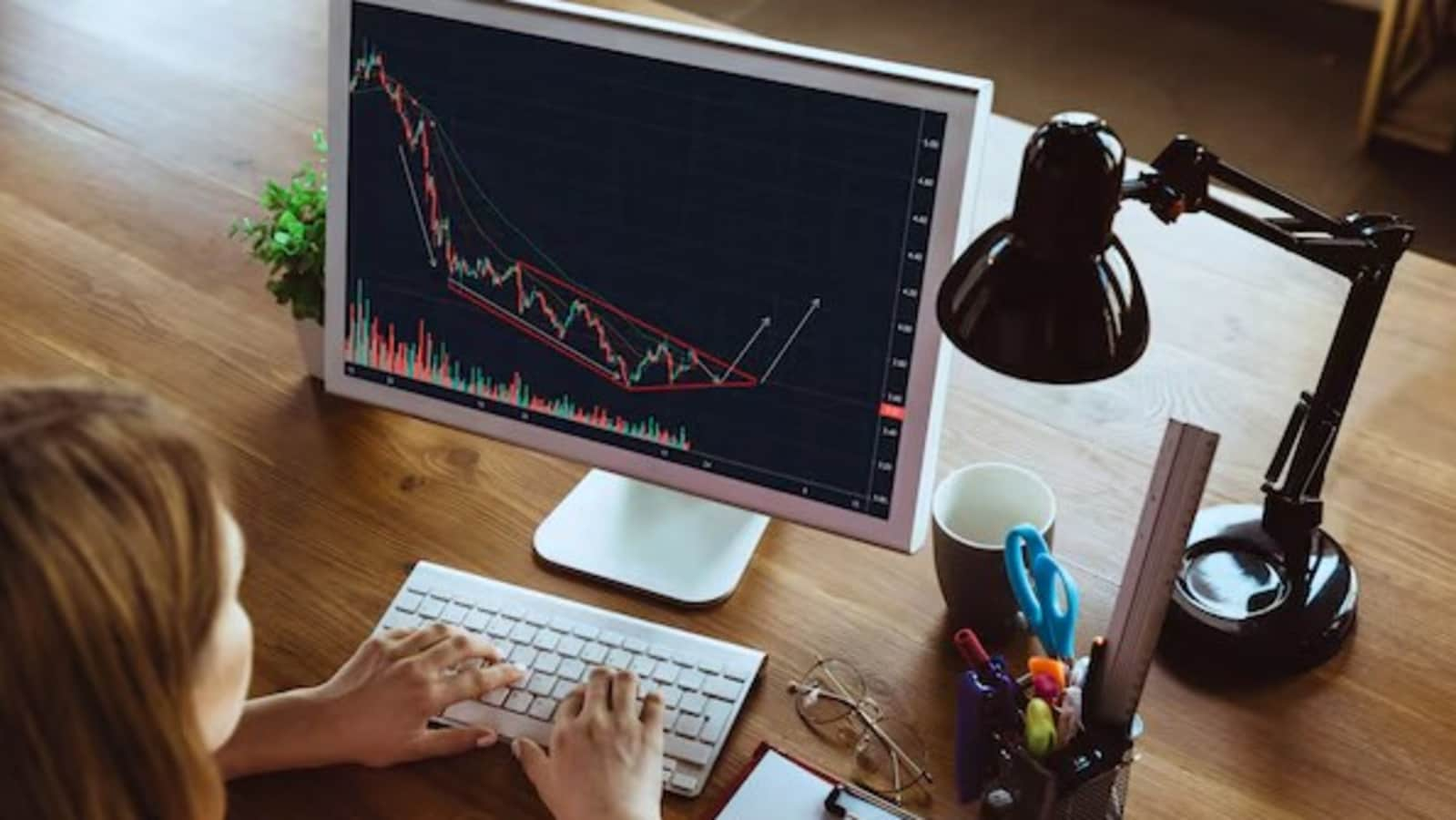Global markets faced significant turmoil on Monday, as escalating tensions over U.S. tariffs and reactions from Beijing led to widespread sell-offs. European indexes mirrored the downward trend set by Asian markets, with Germany’s DAX plummeting 6.5%, landing at 19,311.29. Paris’s CAC 40 dropped 5.7% to 6,861.27, while the UK’s FTSE 100 fell by 4.5%, settling at 7,694.00. U.S. futures suggested more declines were on the horizon, with the S&P 500 futures down 4.8% and the Dow Jones Industrial Average futures losing 4.1%.
Market Crisis Intensifies
The situation escalated on Friday, marking the most severe market crisis since the COVID-19 pandemic. The S&P 500 tumbled 6%, while the Dow dropped 5.5%, and the Nasdaq composite fell by 5.8%. Late Sunday, President Trump reaffirmed his tough stance on tariffs, stating, “I don’t want to see the markets fall, but sometimes you have to take medicine to fix something,” during a press conference on Air Force One.
Asia Takes a Hit
In Japan, the Nikkei 225 index experienced a sharp decline, falling by nearly 8% shortly after opening, ultimately closing down 7.8% at 31,136.58. Mizuho Financial Group saw its shares plunge 10.6%, while Mitsubishi UFJ Financial Group could not escape the panic, losing 10.2% of its value.
- Key Asian Market Movements:
- Nikkei 225: -7.8%
- Hang Seng: -13.5%
- Shanghai Composite: -7.3%
- Taiex: -9.7%
Rintaro Nishimura from the Asia Group noted, “The uncertainty surrounding how these tariffs will evolve is primarily driving the significant drop in stock values.”
Chinese Market Response
Typically resistant to global market trends, Chinese stocks also faced declines. Hong Kong’s Hang Seng Index fell 13.5%, and the Shanghai Composite Index dropped 7.3%. Despite being closed on Friday, the movements in China appeared to reflect a delayed reaction to global market declines. Notable tech firms such as Alibaba and Tencent experienced losses of 9.9% and 13%, respectively.
Economic Implications
The reliance of Asian economies on exports, particularly to the U.S., raises concerns about potential crises for smaller, trade-dependent nations. Gary Ng of Nataxis pointed out the importance of whether Trump can negotiate agreements soon to ease these tensions.
Oil prices also took a hit, with U.S. benchmark crude falling by $2.82, settling at $59.17 per barrel, while Brent crude dropped $2.93 to $62.65. Currency exchange rates fluctuated, with the U.S. dollar dipping against the Japanese yen, which is often seen as a safe haven during economic instability.
Future Outlook
Experts predict continued volatility in the markets, with no immediate resolution to the trade war anticipated. Nathan Thooft, a senior portfolio manager at Manulife Investment Management, indicated that retaliatory tariffs from other countries are likely as the situation unfolds.
The trade conflict escalated significantly following China’s announcement of a 34% tariff on all U.S. imports, mirroring the U.S. tariffs imposed earlier. This growing tension between the world’s two largest economies has raised fears of a global recession.
Despite the challenges, Trump maintains that the long-term objectives, including revitalizing U.S. manufacturing, justify the short-term pain caused by tariffs. The Federal Reserve may intervene by cutting interest rates to mitigate economic impacts, although this too can lead to inflationary pressures.
Conclusion
As investors brace for continued volatility and uncertainty, the outlook remains grim. Stuart Kaiser from Citi emphasized that current stock values do not fully reflect the trade war’s potential impact. The administration appears steadfast in its tariff strategy, with White House trade adviser Peter Navarro urging calm among investors, insisting that the current turbulence will eventually lead to a market boom.
The coming weeks will be crucial as all eyes remain on the evolving trade dynamics between the U.S. and China.











